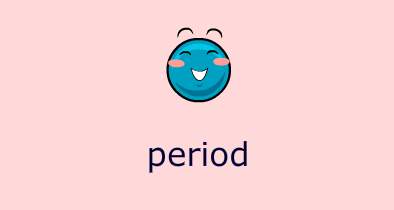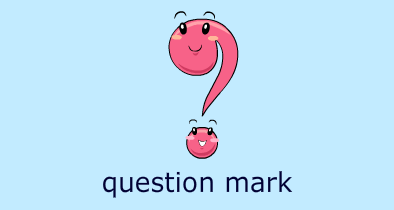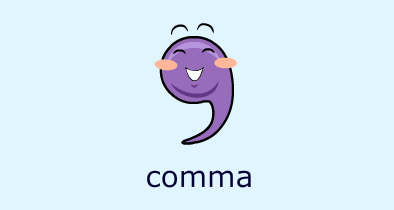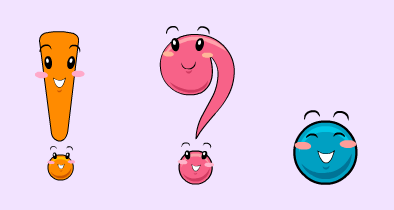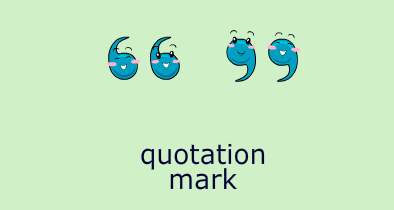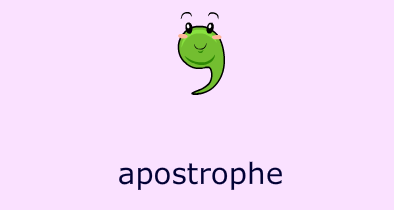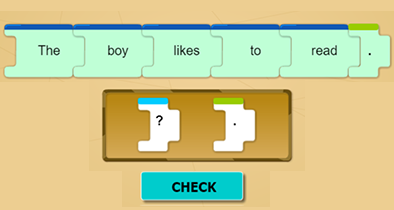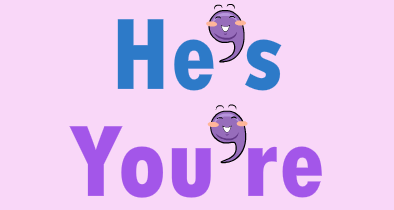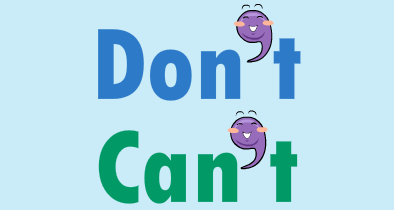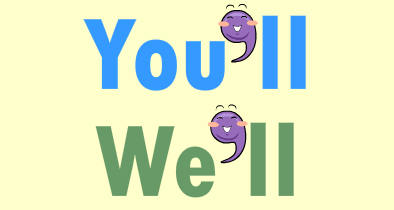Login as parent/teacher to assign this.
Punctuation Games
The Period serves as a stop sign and tells us where a sentence ends and where the next one begins. It signals the end of declarative sentences (sentences which state facts or opinions) and commands that do not express great urgency. A period marks the end of a complete thought. Periods are also used in abbreviations of words, such as in Co. (company), St. (street), or U.S.A. (United States of America).
The Question Mark ends an interrogative sentence, which is a sentence that asks something. It shows that a sentence is a question. Use at the end of a question or a statement that ends with a question. Example: Do you know the words to the song?
The Comma tells us when to pause while reading and helps organize writing. Since commas can be used in a variety of ways, they have a lot of rules. Each one is important and helpful to know. Use a comma to separate two complete thoughts in a compound sentence. Example: We went to the ocean, and we built a sandcastle.
End punctuation is the punctuation at the end of a sentence. There are three types of end punctuation: periods, question marks, and exclamation points. End punctuation sets a different tone for the whole sentence.
The Exclamation Mark or Exclamation Point ends a sentence that expresses a strong feeling or an important command. It is also used at the end of short interjections such as "Wow!" or "Ouch!" and to draw attention to a fact or opinion (I am the greatest soccer player in the world!). Since exclamation points show powerful emotions, they should be used sparingly in writing and should be only used one at a time.
Quotation Marks show us which words are part of a conversation or something that someone has said. They show when someone is talking. Quotation marks work in pairs - they are used at the beginning and the end of a quote to separate it from the rest of the writing. You might hear them go by two other names: quotes or inverted commas.
The Apostrophe has two important jobs: it shows possession, or ownership, and it stands in for letters that have been removed from words when a contraction is made. It's important to know how to use the apostrophe correctly. People make mistakes all the time!
A gripping game for Grade 2 students to test and build their punctuating skills.
A contraction consists of two words that are combined to form one word. The verb "contract" means "to decrease in size." When we write contractions, we are decreasing the word size. Contractions are used during informal, casual writing, and speaking. They are used as a way of speaking quickly and more fluidly.
Contractions with the word "not" are a little bit trickier than all other types of contractions. That is because the word "not" does not want to stay on its side of the apostrophe... it wants to wiggle over and join the other word!
Often, contractions are made by discussing events that will happen in the future, with the auxiliary verb "will." She will. To turn this into a contraction, cross out the "wi" and replace it with an apostrophe. Contracted form = She'll.

Our Educational Resources
Math Games
- Addition
- Area and Perimeter
- Decimals
- Division
- Fractions
- Shapes
- Geometry
- Multiplication
- Number
- Roman Numerals
- Statistics
- Subtraction
- Time
- Units of Measurement


